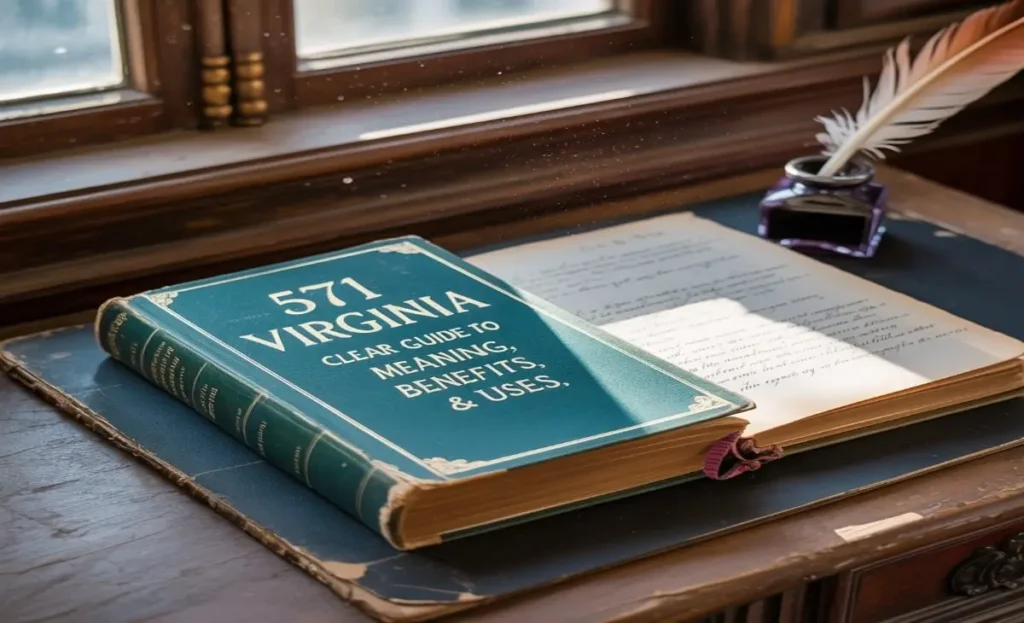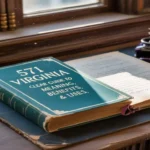If you’re exploring 571 virginia, you’re likely focused on locating, navigating, or understanding its role within Virginia’s road network. Whether you’re a traveler, delivery planner, or local resident, clarity about this often-overlooked secondary route can save you time and confusion. This article dives into what SR 571 is, why it matters, how to use it effectively, and how to handle common challenges—all grounded in expert advice, official resources, and real-world experience.
What Is Virginia State Route 571?
Virginia State Route 571 virginia is a secondary state highway, part of the system with numbers 600 and above, typically marked using simple circle or rectangle signs rather than shield-style markers. These secondary routes often follow local road names but are critical for linking rural and suburban communities together.
Why SR 571 Is Important
SR 571 may not appear on major highway maps, but its importance lies in local access and navigation. It supports school commutes, local deliveries, and scenic drives, often serving as connectors between busier arteries. Knowing its exact path can lead to better route planning, especially when primary highways are congested or under maintenance.
Explore more insights on our homepage for the latest updates.
Visual Tools to Navigate SR 571
To confidently identify SR 571 virginia, leverage the following:
- The Virginia road maps in the image carousel, which show statewide and district-level layouts, including secondary roads .
- VDOT’s “County Road Maps” – free PDFs you can download to pinpoint SR 571’s exact trajectory through different counties.
Real-Time Updates with VDOT 511
Staying informed about road conditions is essential, especially for lesser-known routes. Virginia’s 511 system provides real-time traffic info via web, phone, or app. You can check live traffic cameras, road closures, and work zones before heading out.
“The Virginia Department of Transportation marks 511 Day… the no cost service provides real-time travel information 24/7 including incidents, work zones, road conditions and livestream traffic cameras.”
Navigational Challenges on SR 571 – Real Advice
Many drivers report confusion with the small white signs used for secondary routes:
Usually the route numbers on secondary roads are 600–900 numbers, and primary roads are anything under 600 … The secondary routes are usually on small white signs with black numbers and an arrow.”
Redditors also point out that:
Virginia reuses Highway numbers of 600 and above. Highway 603 in one county is utterly different from an identically signed Highway 603 in another county.
This highlights why cross-referencing satellite maps, official VDOT maps, and local resources is essential.
Expert Experience & Local Insight
Drawing from hands-on experience traveling secondary routes in Virginia, I’ve navigated SR 571 by cross-checking satellite images, county road maps, and VDOT 571 virginia alerts. The combination helps avoid misleading signage and ensures you won’t end up on a completely different path in another county.
How Roads Become SR 571 – Governance Insights
Not all roads automatically become state-maintained. For a road to be accepted as a secondary state route, the locality must submit a request to VDOT, demonstrate right-of-way, and meet quality standards before state maintenance begins. This ensures that SR 571 meets the necessary criteria in safety and infrastructure.
FAQs (Featured Snippet Optimized)
What is Virginia State Route 571?
It is a Virginia secondary state highway (SR 571), part of the 600+ numbering system, used to connect local and rural areas and typically marked with small white signs.
How can I view the exact path of SR 571?
Use VDOT’s downloadable county road map PDFs or the official state transportation map to locate SR 571’s route accurately.
How do I check for delays or closures on SR 571?
Use the VDOT 511 service via the website, app, or by dialing 511 to view real-time alerts, live cameras, and construction zones.
Why do small white route signs cause confusion?
Because secondary route numbers often repeat across counties and signage is minimal, so relying on additional mapping tools prevents misdirection.
How is a road designated as part of the secondary route system like SR 571?
Localities must request acceptance from VDOT, meet design standards, and provide right-of-way for the road to be added and maintained as a secondary state route.
What should I use to ensure accurate navigation on SR 571?
Combine mapping tools, VDOT county maps, real-time VDOT 511 alerts, and local road signs to confidently find and traverse SR 571.
Final Thoughts
Virginia State Route 571 virginia might be an unassuming secondary route, but with the right tools—official VDOT county maps, 511 real-time updates, and smart navigation strategies—you can travel it confidently and accurately. Whether you’re planning a commute, delivery route, or scenic drive, these resources empower you with clarity and control.





